Why are some garbage disposals so cheap? Avoid these 5 pitfalls when buying a food waste disposer!
Since Shanghai took the lead, and other provincial capitals and prefecture-level cities quickly followed suit in implementing mandatory garbage sorting, food waste disposers, which are closely related to kitchen waste, have become a secret weapon for residents to solve the problem of "wet waste." Almost overnight, garbage disposers were thrust into the spotlight, becoming extremely popular and receiving widespread favor from HVAC, water purifier, and kitchen appliance manufacturers, distributors, and consumers.

However, at the same time, a very "eye-catching" phenomenon quickly appeared in the market - some brands of food waste disposers were sold at extremely low prices, even to the point that "bread was cheaper than flour"! So why did this happen? According to conversations with industry veterans, the ultra-low-priced food waste disposers did indeed have "cutting corners," which can be summarized in the following five aspects. Consumers are especially reminded to pay attention when purchasing food waste disposers to avoid being cheated by products that do not match the description.
First, corner-cutting is done on the motor, the core component of the food waste disposer. While garbage disposers come with AC and DC motors, this isn't a reliable indicator of performance or cost. It simply means that AC motors are heavier, about twice the weight of DC motors, and there might be risks if the sink is of poor quality. Even when choosing a DC motor, there's a price difference between separate and integrated permanent magnet DC motors, with the latter being more expensive. The key issue is the cost-cutting on the motor itself, such as the amount of copper coil material used in the rotor and the materials used in the motor itself, which directly impacts the price.
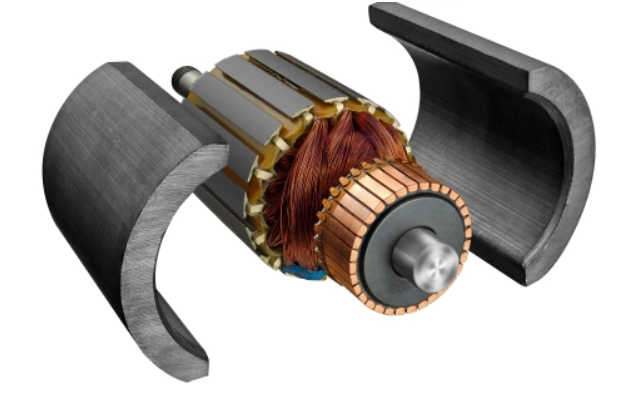
In addition, the material of the motor lubricant is also crucial. The price difference between high-quality fiber oil and inferior yellow grease can be several times, resulting in loud motor noise and a short motor life.
The motor is the core component of a garbage disposal unit. If the materials used in the motor are substandard, then your garbage disposal unit is essentially just a decoration.
Secondly, the power of garbage disposals also affects their cost. You see, most very cheap food waste disposers are around 375W. Lower power means less horsepower, lower grinding efficiency, longer grinding time, and larger particle sizes. Conversely, higher power means higher efficiency, which shouldn't be hard to understand. Generally, mainstream brands like Wastetron, Inkbass, and CILLY recommend 550W as a better choice.
Thirdly, there's the size of the grinding chamber in a food waste disposer. A smaller disposer means a smaller grinding chamber, requiring less material for the grinding disc, the chamber itself, and the ABS plastic shell, resulting in significant cost savings. However, a smaller grinding chamber leads to slower grinding speeds and longer processing times, wasting time, electricity, and water. Currently, capacities of 1000ml, 1100ml, and 1200ml are available on the market, and even smaller sizes exist. Considering the grinding chamber capacity, 1200ml is generally considered ideal, and brands like Pea, InSinkErator, and Waterleo Robotics primarily promote 1200ml disposers.

Fourth, the presence or absence of antibacterial function also affects the cost. Materials without antibacterial function are cheaper, but over time, the grinding chamber of the garbage disposal unit will become moldy and breed bacteria, producing unpleasant odors. Obviously, this deviates from the concept of a clean kitchen. It is recommended to choose a garbage disposal unit with a material that provides long-lasting antibacterial properties. For example, some on the market use AG ion long-lasting antibacterial composite resin material for the grinding chamber, which has a strong antibacterial effect against bacteria such as E. coli and Staphylococcus aureus, with an antibacterial rate of up to 99%, and can effectively prevent secondary pollution.
Fifth, differences in grinding efficiency. Some garbage disposals only achieve level one or two grinding, which makes them less effective at breaking down bones and cutting long fibers. The resulting particles are also larger and less fine, which can lead to clogged drains over time. Therefore, it's generally advisable to buy a garbage disposal with a higher grinding level. Level three or four garbage disposals are relatively mature and offer the best performance-to-price ratio, making them a recommended choice.
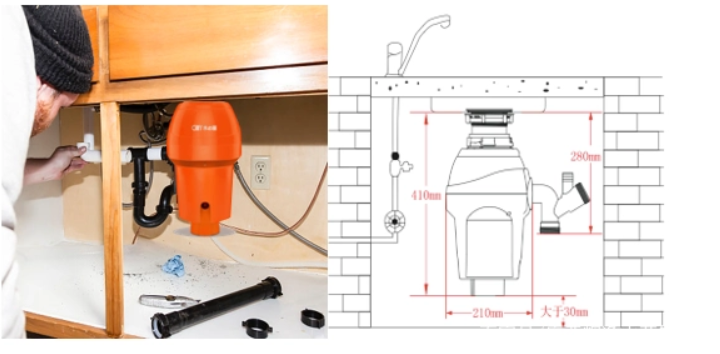
In short, by learning more about garbage disposals, you won't be confused when making a purchase and will be able to make a more informed decision, choosing a disposal that suits your needs.
Home food waste disposer
Household food waste disposers, also known as household food waste disposers , are home appliances used to process kitchen waste. They use centrifugal force generated by the high-speed rotation of the grinding disc to pulverize food waste by friction with the grinding chamber before discharging it into the sewer. They are equipped with either an AC motor or a DC motor . This equipment mainly solves the problems in kitchen waste disposal.
The core structure of the product includes a high-strength impact-resistant cutter head, multi-faceted stainless steel blades, and a large-capacity grinding chamber. It has a built-in closed silent system and overload protection device. The usage process covers steps such as starting the power supply, putting in the garbage, and turning off the equipment and water source after crushing. It can reduce the amount of garbage and inhibit the growth of bacteria. From 2025 to 2031, the industry's technological development will tend towards product intelligence
Summary ★ Home food waste disposer
★Food waste poses three major hazards:
First, most of the food waste consists of pork, beef, chicken and other meat products. Most of this waste ends up in pig farms and farmers' homes to feed pigs, causing diseases in the pigs' internal organs. People who eat this diseased pork are more likely to contract the same diseases.
Secondly, kitchen waste enters the underground pipe network through the sewers and is scooped up by unscrupulous vendors and processed into "swill oil," which is harmful to health.
Third, the commonly used tools for transporting kitchen waste are very simple and not sealed, which can easily cause leakage of kitchen waste and pollute the environment.
Home food waste disposer
★Why do we need a garbage disposal unit?
Confidence in kitchen cleanliness increases a homeowner's sense of ease and comfort. Food waste disposers enhance the kitchen experience in the following ways.
It eliminated the grime that soiled the kitchen floors and hallways, as well as the trash cans and dripping garbage bags.
This reduces food waste sent to landfills or incinerators, achieving an environmentally friendly outcome.
Eliminates special requirements for food waste disposal, and is odorless and does not attract insects.
It reduces household chores such as taking out the trash and disinfecting trash cans.
Maintain hygiene, as food waste removers eliminate a major source of bacteria in the kitchen.
In summary: maintain kitchen hygiene, prevent pests from breeding, eliminate kitchen odors, avoid water pipe blockage, reduce garbage accumulation, pursue environmental protection, and enhance the kitchen's overall quality.
★What are the features of a garbage disposal unit?
High-strength, impact-resistant, and wear-resistant blade discs and multi-faceted cast stainless steel blades can shred hard food waste; a rationally designed impeller assembly and a large-capacity grinding chamber ensure optimal grinding results. Irregular vibration during operation has been optimized through dynamic balancing testing . The 9-Power garbage disposal unit's enclosed silent system, overload protection device, splash guard, acid and alkali resistant rubber rings, phenolic resin outer shell, and optional air control switch are all designed according to Chinese dietary habits and manufactured to international standards.
★ What are the two types of motors used in household food waste disposers ? What are their main differences, advantages, and disadvantages?
AC motors and DC motors
DC motors: high starting torque, high speed, high efficiency, small size, and light weight.
★ Installation of a household food waste disposer
How to use
1. Remove the sink plug and turn on the tap to allow a moderate water flow.
2. Turn on the power switch of the food waste disposer to allow it to operate normally.
3. Pour food waste into the processor.
4. Continue until there is no grinding sound.
5. Turn off the food waste disposer within a few seconds, then turn off the water supply.
6. Cover the sink with the drain plug to prevent foreign objects from falling in.






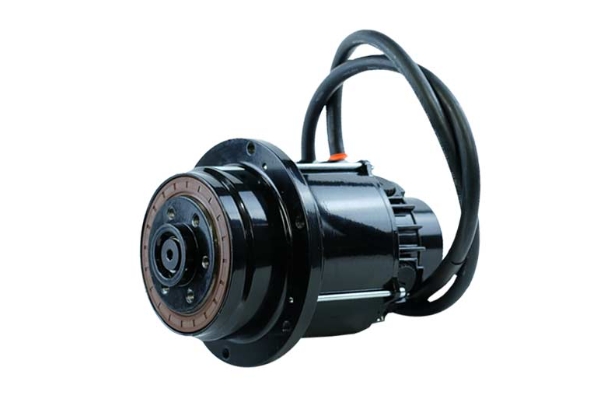
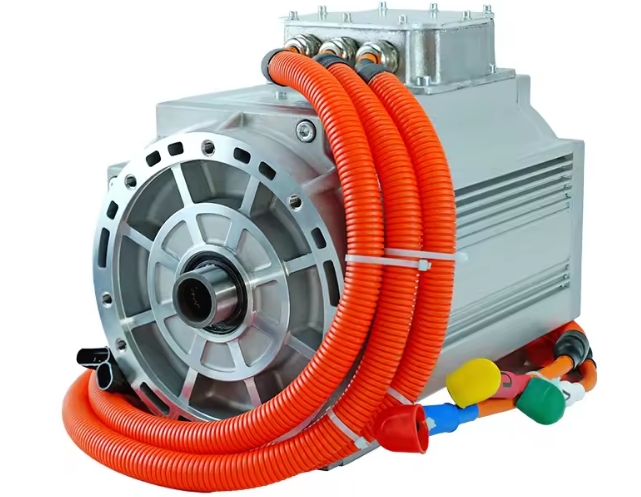
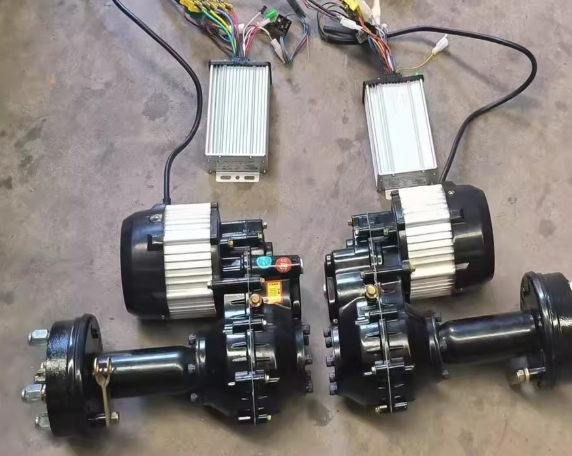
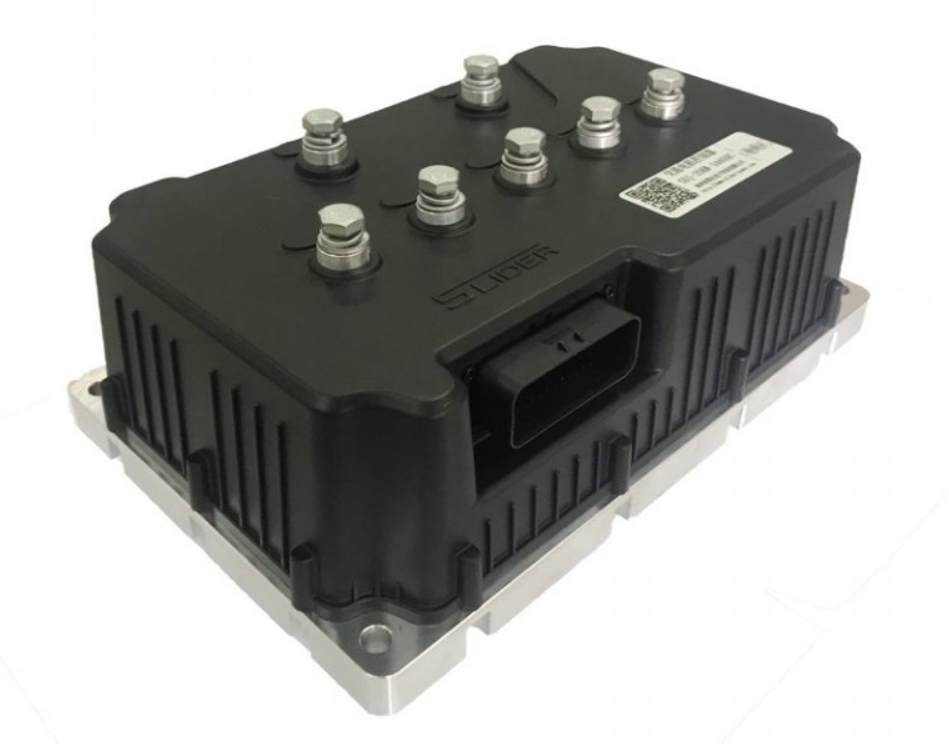

















 XINDA
XINDA